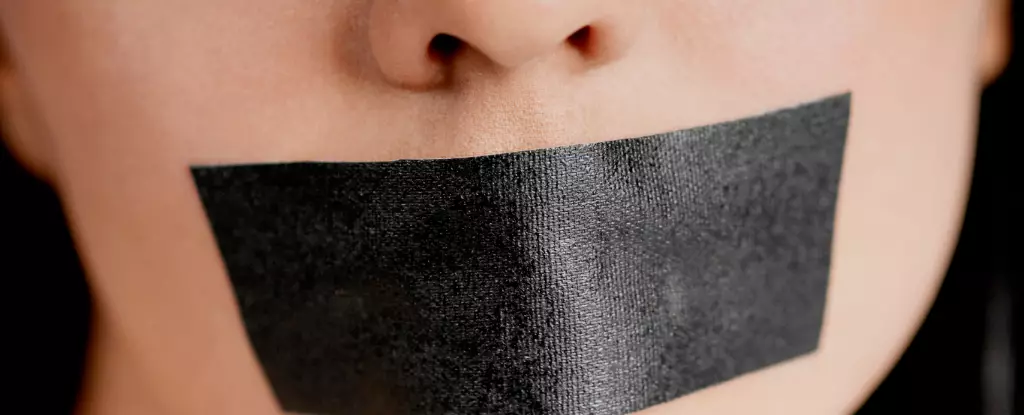Sleep apnea is a serious condition characterized by recurring interruptions in breathing during sleep. This ailment can have grave consequences, not just affecting the quality of sleep but also leading to long-term health issues like heart disease and stroke. Traditionally, management of sleep apnea has involved various treatments, such as CPAP machines and mandibular advancement devices. While the former has established itself as the gold standard of treatment, compliance and comfort remain significant hurdles. This has driven individuals to seek out alternative methods, including the controversial practice of mouth taping.
CPAP machines have been widely recognized for their effectiveness over the past 40 years. They work by delivering a continuous stream of air to keep the airway open during sleep. Yet, adherence to this treatment is far from perfect; studies indicate that approximately 50% of users abandon the CPAP within three years due to discomfort or inconvenience. On the other hand, mandibular advancement devices present their own set of challenges. While they can alleviate symptoms for those with mild to moderate sleep apnea, individuals who are older or have more severe forms of the condition often report subpar results. Furthermore, both treatments require ongoing monitoring for side effects, complicating the pursuit of effective solutions.
In the quest for less cumbersome treatments, mouth taping has gained popularity. This method involves sealing the mouth during sleep to encourage nasal breathing and potentially reduce airway collapse. Proponents advocate for the use of breathable medical tape applied vertically across the mouth, claiming it promotes better airflow during sleep. However, initial excitement over mouth taping as a straightforward solution is met with skepticism from recent studies.
A notable study revealed mixed results; while some participants experienced increased airflow by breathing through their noses, others exhibited reduced airflow. This inconsistency raises questions about the universal applicability of mouth taping as a remedy for sleep apnea. Many studies on mouth taping have focused on small sample sizes primarily comprising individuals with mild symptoms, limiting their generalizability.
Mouth taping is not without its dangers. The practice can cause complications like “mouth puffing,” where air escapes from the sides of the mouth, leading to insufficient oxygen levels in the blood and potentially increased carbon dioxide levels. This imbalance can compromise respiratory function and stress the body’s systems, posing additional health risks.
Moreover, the skin around the mouth is particularly sensitive and may react negatively to tape. The potential for skin irritation often escalates to dermatitis or folliculitis, where hair follicles become inflamed or infected. In severe cases, stripping of the skin can occur, exposing fresh layers that may be more prone to infections. Given that the lips are densely packed with nerve endings, any irritation can be extremely painful, creating a strong argument against mouth taping as a benign solution.
Moreover, for individuals suffering from existing respiratory conditions, the implications of mouth taping can be dire. By risking obstructive airflow and compromising oxygen intake, this practice could exacerbate symptoms or lead to fatal complications in cases of aspiration.
While the allure of a simple, cost-effective solution to sleep apnea is understandable, mouth taping may not be the panacea it appears to be. With the potential for adverse effects ranging from mere discomfort to severe health complications, individuals are urged to seek guidance from healthcare professionals before adopting this or any unproven remedy.
Overall, individuals grappling with sleep apnea should prioritize evidence-based treatments and consult with medical professionals to explore safe and effective strategies. As trends like mouth taping gain traction, it is essential to base decisions on a thorough understanding of the risks involved, ensuring that the pursuit of better sleep does not come at the cost of one’s health.


Leave a Reply